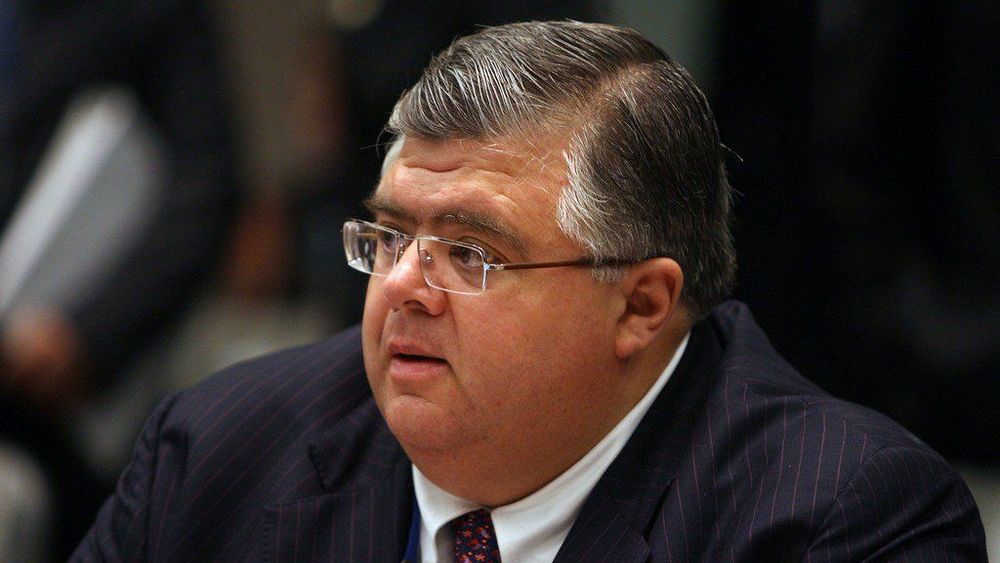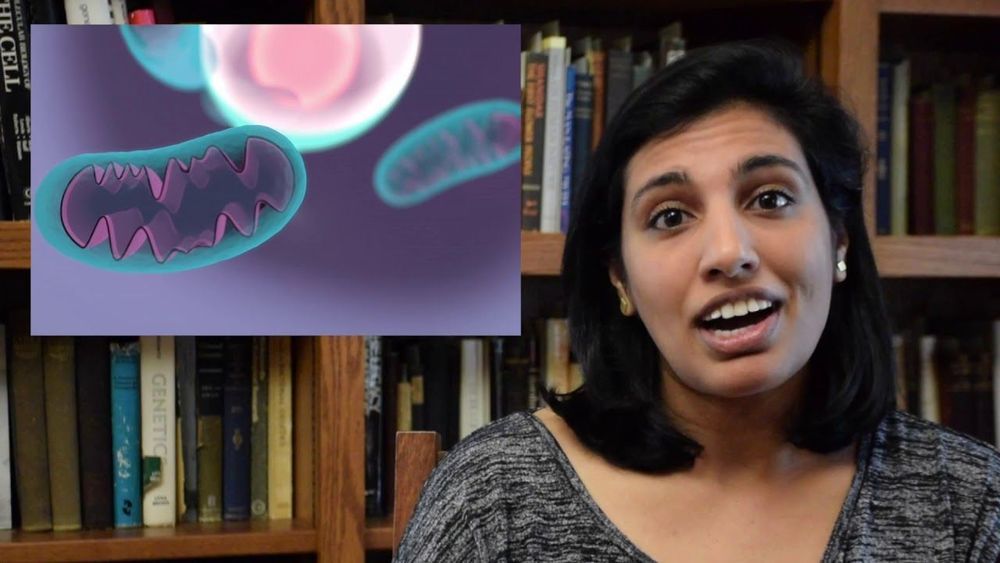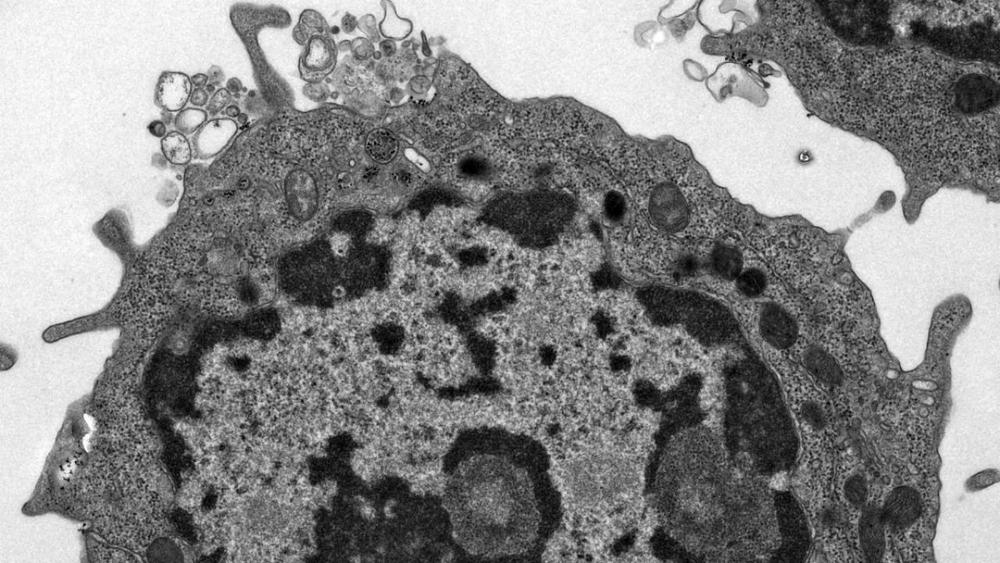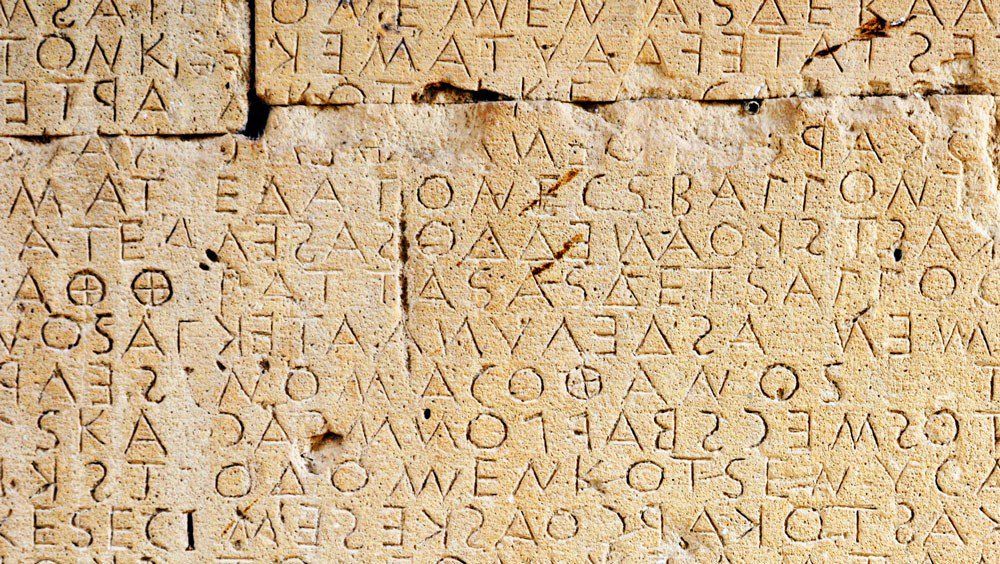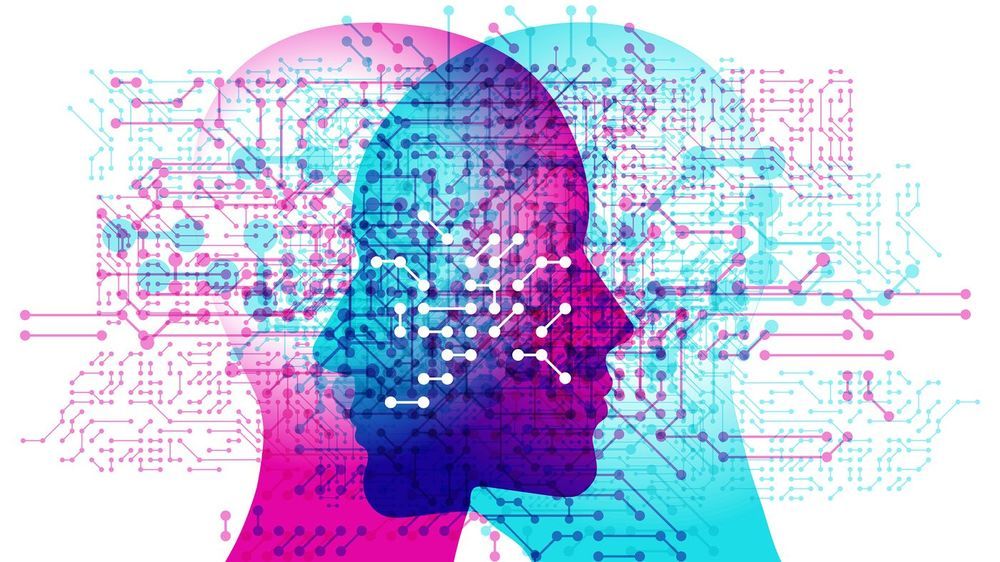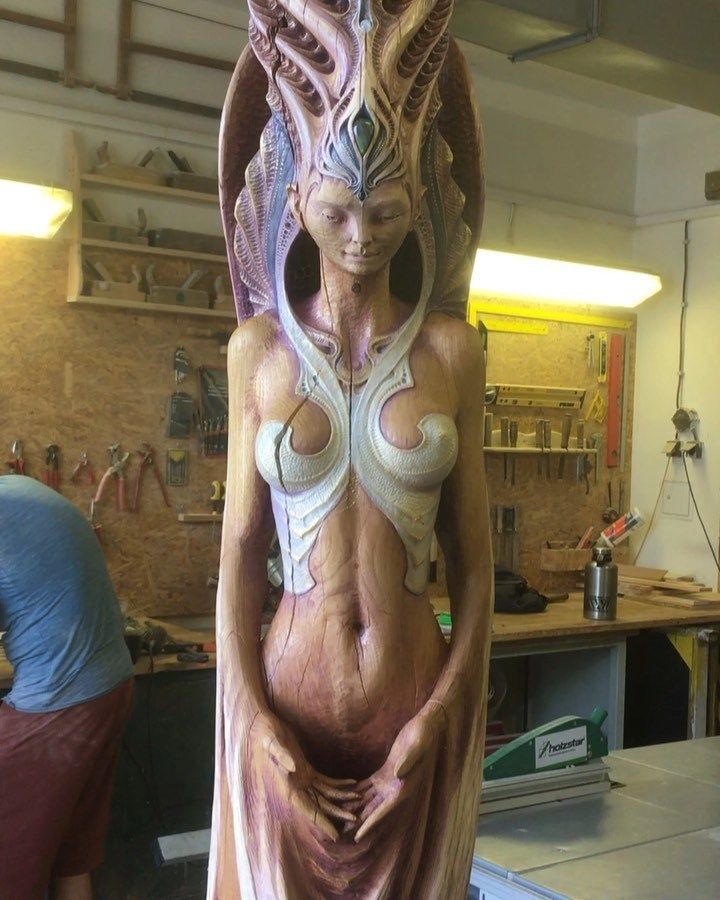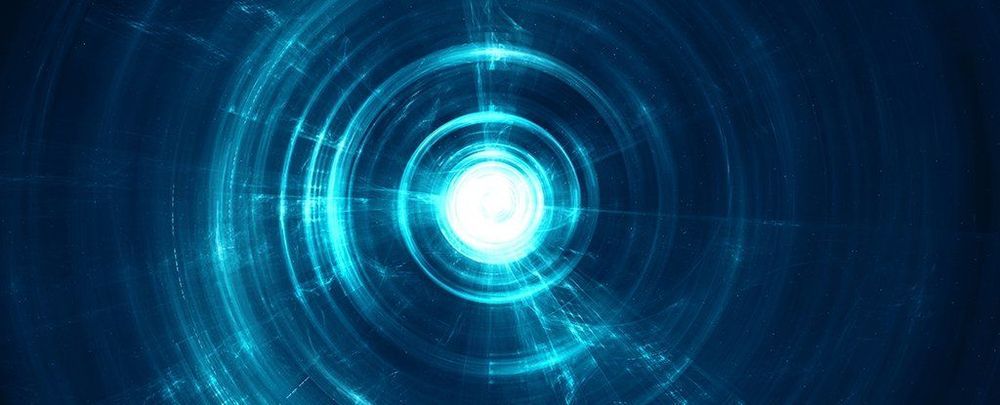Just a few months ago, Augustín Carstens, the general manager for the Bank for International Settlements (BIS), the so-called central bank for central banks, said his organization saw no value in the potential of central-bank-issued digital currencies. Well, he’s apparently had a change of heart, and the entrance of Facebook and other “big techs” into financial services appears to be the reason.
The news: Carstens told the Financial Times that the BIS is supporting the “many” central banks currently developing or researching digital currencies. “And it might be that it is sooner than we think that there is a market and we need to be able to provide central bank digital currencies,” he said.
The context: Many other central bankers have dismissed cryptocurrencies like Bitcoin, which tend to be volatile and whose most popular use has been speculation. But Facebook’s proposed digital currency, Libra, will be backed by fiat money and designed to maintain a stable value.
